A Story of Perception
Traffic jams can be frustrating. You might find yourself running late, feeling annoyed by the road conditions. Then, a car cuts you off, and your immediate reaction is to label the driver as reckless.
This situation illustrates the actor-observer bias. We often judge our actions based on circumstances while evaluating others based on their character.
Understanding this bias is crucial. It impacts:
- Relationships
- Societal judgments
- Daily interactions
By recognizing these cognitive biases, you can improve empathy and communication in your life. How often do you find yourself making quick judgments about others? Reflecting on this can lead to better understanding and connection.
Actor-Observer Bias
Actor-observer bias refers to the tendency to attribute our own actions to external factors while attributing others’ actions to their internal characteristics. This cognitive distortion often operates below our awareness.
For example:
- If you arrive late, you might blame traffic or weather.
- If someone else is late, you may think they are disorganized or careless.
Recognizing this bias can improve your interactions. It helps reduce misunderstandings and misjudgments in both personal and professional settings. How often do you find yourself falling into this pattern?
The Psychology Behind Actor-Observer Bias
Cognitive and Emotional Roots
Cognitive Causes
- Information Availability: You understand your own circumstances well but often lack insight into others’ situations.
- Self-Preservation: Blaming external factors for faults helps maintain your self-esteem.
Emotional Factors
- Empathy Gap: You find it easier to empathize with your own experiences than with those of others.
- Negative Emotional Responses: Your emotions can cloud your judgment when observing others.
Bias Shapes Relationships and Society
Interpersonal Impacts
- Misunderstandings arise when you misjudge intentions, often leading to conflicts.
- Judgmental attitudes can erode trust. When you attribute others’ mistakes to character flaws, it creates barriers.
Societal Implications
- Stereotyping stems from assumptions based on bias. These assumptions can distort perceptions.
- Bias fosters social divisions. It contributes to polarized opinions in politics and community issues.
Actor-Observer Bias: Insights and Illustrations
Real-Life Examples
- In the workplace, when deadlines are missed, individuals often attribute this to a colleague’s incompetence rather than considering their heavy workload.
- In academics, students may blame poor test scores on challenging questions instead of reflecting on their own preparation efforts.
Key Research
- Jones and Harris (1967) found that individuals tend to overestimate personal beliefs as driving factors in tasks assigned to others.
- Ross and Nisbett (1991) emphasized a tendency to favor dispositional attribution over situational explanations in understanding behavior.
10 Cognitive Bias Insights That Shape Our Decisions
Cognitive biases shape how you see the world and make decisions. They often lead to errors in judgment without your awareness.
Recognizing these biases can enhance your decision-making and improve teamwork in your personal and professional life.
Here are ten important cognitive biases, their effects, and ways to address them:
1. Action-Oriented Bias
Action-oriented bias is the inclination to prefer quick decisions or actions, often based on the belief that doing something is better than doing nothing. This bias arises from psychological factors such as overconfidence, a desire for control, and discomfort with uncertainty.
Effects
This bias can have serious consequences in both personal and professional settings. In the workplace, it can lead to:
- Premature decisions: Leaders may implement strategies without fully considering their long-term effects.
- Missed innovation opportunities: A focus on immediate solutions can cause valuable, unconventional ideas to be ignored.
- Poor stakeholder alignment: Rushed actions can alienate important stakeholders, resulting in resistance or lack of support.
Research indicates that over 70% of managers recognize experiencing cognitive biases, such as the Dunning-Kruger effect and anchoring effect, during critical decision-making. This increases the risks associated with action-oriented bias.
Strategies to Overcome It
To combat this bias, consider the following approaches:
- Allocate time for scenario planning: Taking time to explore alternatives can help reduce impulsive decisions.
- Encourage diverse perspectives: Group discussions can counteract confirmation bias and halo effects.
- Adopt structured tools: Implement tools like SWOT analysis or decision trees to systematically assess options.
By addressing action-oriented bias, organizations can enhance strategic thinking, reduce errors, and promote long-term success.
2. Understanding Anchoring Bias
Anchoring bias affects how you make decisions. It’s the tendency to give too much weight to the first piece of information you encounter, known as the “anchor.” This bias shows up in both personal and professional contexts, influencing your choices and outcomes without you realizing it.
Anchoring bias occurs when initial information sets a reference point, distorting your later judgments. For instance:
- A homebuyer fixates on the listing price, which skews their view of the property’s true value.
- In negotiations, the first offer can shape what you consider acceptable for counteroffers.
Research indicates that anchoring can sway decisions by as much as 40%, even if the anchor is irrelevant.
Impact
The effects of anchoring bias include:
- Limited Flexibility: You may find it hard to adjust to new information.
- Inaccurate Assessments: The anchor can overshadow other evidence, leading to flawed conclusions.
- Team Dynamics: In group discussions, early opinions can dominate, stifling diverse perspectives.
For example, the Dunning-Kruger Effect, where people overestimate their knowledge, can worsen anchoring as they cling to initial thoughts and ignore alternatives.
How to Overcome It
To counteract anchoring bias, consider these strategies:
- Challenge Initial Assumptions: Encourage critical evaluation of first impressions within your team.
- Use Multiple Reference Points: Look at various data sources to lessen the impact of any single anchor.
- Employ Statistical Models: Base decisions on empirical evidence instead of subjective judgment.
By recognizing anchoring bias, you can make more balanced and informed decisions.
3. Confirmation Bias
Confirmation bias is the tendency to seek out and favor information that supports your existing beliefs while ignoring evidence that contradicts them. This can lead to a distorted view of reality, reinforcing biases without you even realizing it.
Impact
Confirmation bias can significantly affect decision-making and problem-solving.
- Individuals or teams may overlook risks or opportunities that don’t fit their established views.
- For example, in a business setting, executives might continue to back a failing project because they focus solely on data that supports their initial expectations, ignoring clear signs that change is necessary.
- This can lead to wasted resources and lost opportunities for growth.
Cognitive Biases Linked to Confirmation Bias
- Dunning-Kruger Effect: Those with limited knowledge may overestimate their understanding and dismiss valuable insights that contradict their views.
- Anchoring Effect: Initial information can skew how new data is interpreted, making it hard to evaluate opposing viewpoints accurately.
- Halo Effect: A single positive trait of an idea or person can overshadow other important, contradictory information.
How to Overcome It
- Use independent, objective data collection from neutral third parties.
- Foster a culture that promotes healthy debate and challenges to dominant views.
- Regularly evaluate decisions against data-driven benchmarks to identify blind spots.
Addressing confirmation bias can help teams make more balanced and informed decisions.
4. Understanding the Dunning-Kruger Effect
The Dunning-Kruger effect describes a cognitive bias where individuals with limited knowledge in a specific area overestimate their abilities. In contrast, those with substantial expertise often underestimate their skills. This concept, identified by psychologists David Dunning and Justin Kruger in 1999, highlights how people with lower abilities may not recognize their shortcomings, leading to inflated self-assessments.
Impact
- Overconfidence in Decision-Making: Individuals influenced by this effect may make poor choices, believing they can manage complex tasks beyond their actual capabilities.
- Underutilization of Expertise: Skilled individuals might hesitate to share their knowledge, doubting their qualifications or the value of their insights.
How to Overcome It
- 360-Degree Feedback: Seek input from peers, subordinates, and supervisors to gain a well-rounded perspective on performance and identify improvement areas.
- Benchmarking Performance: Compare your skills against industry standards and competitors to set realistic goals.
- Promote a Growth Mindset: Foster an environment where acknowledging knowledge gaps is encouraged, and continuous learning is prioritized.
Recognizing the Dunning-Kruger effect is essential for personal and organizational growth. It influences decision-making and the effective use of expertise.
5. Framing Effect
The framing effect is a cognitive bias where the presentation of information influences decisions and judgments. People often make different choices based on whether information is framed as a gain or a loss, even when the facts remain the same.
Impact on Decision-Making
- Influence on Choices: This effect significantly impacts strategic decisions in marketing, negotiations, and public policy. Negative framing, which highlights potential losses, often leads to risk-averse behavior. In contrast, positive framing, which emphasizes gains, encourages more optimistic choices.
- Real-World Examples: In healthcare, patients are more inclined to choose a treatment when its success rate is presented as “80% survival” rather than “20% mortality.” Research indicates that framing affects 70% of consumer decisions, underscoring its importance.
Strategies to Overcome the Framing Effect
- Present Data in Various Formats: Offer information in both gain and loss frames to provide a comprehensive view of options.
- Incorporate Diverse Perspectives: Engage stakeholders with different viewpoints to minimize biased interpretations.
- Provide Clear Rationales: Ensure decisions are supported by data-driven reasons to reduce reliance on emotional framing.
Addressing the framing effect allows for more informed and unbiased decision-making, free from the influence of how information is presented.
6. Groupthink: Understanding the Bias
Groupthink occurs when a group’s desire for harmony leads to poor decision-making. Members prioritize consensus over critical evaluation, stifling individual expression and innovation. Psychologist Irving Janis coined the term in 1972. It appears in various settings, including business, politics, and social groups.
Impact
Groupthink can have serious consequences. It often results in flawed decisions that do not serve the group’s best interests. For example, in corporate environments, teams may adopt suboptimal strategies to avoid conflict, overlooking potential risks. A notable instance is the 1986 Space Shuttle Challenger disaster, where groupthink influenced the decision to launch despite engineers’ warnings.
Overcoming Groupthink
To counteract groupthink, consider these strategies:
- Encourage open dialogue: Foster an environment where all opinions matter.
- Assign a “devil’s advocate”: This role challenges the consensus to reveal hidden flaws.
- Use anonymous feedback: Allow members to express concerns without fear of judgment.
Implementing these strategies can disrupt conformity and enhance decision-making, reducing cognitive biases like confirmation bias, anchoring effects, and the halo effect.
7. Planning Fallacy: An Overview
The planning fallacy is a cognitive bias where people underestimate the time, costs, and risks of completing tasks or projects. This often leads to overly optimistic expectations, resulting in significant setbacks.
Impact of the Planning Fallacy
This bias frequently appears in large projects. Actual time and costs often exceed initial estimates. For instance, infrastructure projects typically experience a 20% cost overrun due to poor risk assessments and overconfidence in predictions.
Confirmation bias plays a role here. Planners may focus on information that supports their positive outlook while ignoring potential risks.
The Dunning-Kruger effect also contributes. Inexperienced project managers may not recognize the complexities involved, leading to underestimations. The anchoring effect can further complicate matters, as planners may stick to initial estimates despite emerging challenges.
How to Overcome It
To address the planning fallacy:
- Benchmark: Use historical data from similar projects for comparison.
- Contingency Buffers: Add realistic time and budget buffers for unexpected issues.
- Regular Reviews: Monitor progress against goals to ensure alignment with actual outcomes.
Implementing these strategies can help reduce the impact of the planning fallacy and improve project results.
8. Primacy Effect
The primacy effect is a cognitive bias where people prioritize the first piece of information they receive over later data. This happens because initial impressions are easier to remember and can influence how we view new information.
Impact
This bias can lead to poor decision-making. For instance, in a job interview, the first few minutes can create a strong impression that overshadows the candidate’s qualifications discussed later. In sales, a customer might prefer the first offer they hear, even if better options come up later.
Related Cognitive Biases
- Confirmation Bias: People tend to seek information that supports their existing beliefs, which can strengthen the influence of initial impressions.
- Dunning-Kruger Effect: Those with limited knowledge may overrate their expertise after receiving initial information.
- Anchoring Effect: The first piece of information acts as a reference point, affecting subsequent judgments.
- Halo Effect: A positive first impression can lead to an overall favorable evaluation, even if later evidence contradicts it.
Strategies to Overcome It
- Review Information Objectively: Be aware of how initial impressions can skew your judgment.
- Conduct Thorough Research: Gather data from various sources to gain a well-rounded view.
- Reevaluate Conclusions: Regularly reassess your early judgments to ensure they remain valid.
Research indicates that initial information can significantly impact decision-making. A study from the University of California found that first impressions can influence up to 60% of a person’s final judgment in certain situations.
9. Sunflower Bias
Sunflower bias occurs when team members align their opinions with their leader’s, often at the expense of their own views. This bias can subtly influence group dynamics and decision-making.
Impact
The effects of sunflower bias are significant:
- Reduced Innovation: When team members hold back opposing views, the range of ideas shrinks, limiting creativity.
- Groupthink: This bias can create a culture of conformity, where critical thinking is sidelined and assumptions go unchallenged.
- Decision-Making Degradation: Teams may arrive at poorly informed decisions if they overlook alternative perspectives.
Research indicates that diverse teams outperform homogeneous ones. McKinsey’s 2020 report highlights that companies in the top quartile for ethnic diversity are 36% more likely to achieve above-average profitability.
How to Overcome It
To counter sunflower bias and promote diverse viewpoints, implement these strategies:
- Encourage Open Dialogue: Leaders should actively seek feedback from all team members to ensure a variety of perspectives.
- Use Anonymous Tools: Anonymous voting, surveys, or brainstorming sessions can help gather unbiased input, reducing the fear of contradicting authority.
- Cultivate Curiosity: Create a culture where questioning assumptions and exploring different ideas is encouraged.
10. Attribution Error
Attribution error occurs when we attribute others’ actions to their character while blaming external factors for our own behavior. This bias leads us to see others’ mistakes as personality flaws, while we excuse our failures with reasons like time constraints or unexpected challenges.
Impact
Attribution error can significantly affect social and professional interactions. It often results in misunderstandings and unfair judgments about others. For example, if an employee misses a deadline, a manager might label them as irresponsible. Conversely, if the manager misses a deadline, they might attribute it to a heavy workload or lack of resources.
In the workplace, this bias can disrupt team dynamics and hinder collaboration, as individuals may avoid taking responsibility for their errors.
In personal relationships, it can create tension, with partners feeling misjudged or misunderstood.
Related Cognitive Biases
Attribution error is one of many cognitive biases influencing our decisions. It overlaps with:
- Confirmation bias: Seeking information that confirms our beliefs.
- Dunning-Kruger effect: Overestimating our abilities while underestimating task complexities.
- Anchoring effect: Relying too much on initial information.
- Halo effect: Letting an overall impression of someone affect specific judgments.
Recognizing these biases can improve self-awareness and lead to more rational, fair decisions.
How to Overcome It
- Practice empathy by considering situational factors.
- Use data for objective performance assessments.
- Create a feedback culture that is constructive and non-judgmental.
Key Takeaways
- Cognitive biases are mental shortcuts that can distort decision-making.
- Recognizing and addressing these biases can lead to more effective strategies and improved collaboration.
- Practical steps like fostering open dialogue, using diverse perspectives, and leveraging data can mitigate their impact.
At a Glance
- Action-Oriented Bias: Rushing decisions without thorough consideration.
- Anchoring Bias: Over-relying on initial information.
- Confirmation Bias: Seeking evidence to validate pre-existing beliefs.
- Dunning-Kruger Effect: Overestimating or underestimating competence.
- Framing Effect: Being influenced by how information is presented.
- Groupthink: Prioritizing harmony over critical thinking.
- Planning Fallacy: Underestimating time and costs.
- Primacy Effect: Giving undue weight to initial information.
- Sunflower Bias: Aligning with a leader’s views excessively.
- Attribution Error: Judging others’ actions unfairly based on internal factors.
FAQs
What is an example of actor-observer bias?
When someone cuts us off in traffic, we assume they’re reckless, but when we do the same, we blame external factors like being late.
How does actor-observer bias differ from confirmation bias?
Actor-observer bias involves attributing causes of actions differently for self and others, while confirmation bias involves focusing only on information that supports pre-existing beliefs.
Can we fully overcome cognitive biases?
While biases may not disappear entirely, awareness and strategies like self-reflection and empathy can significantly reduce their influence.
Conclusion
Understanding actor-observer bias offers insights into how we perceive others and ourselves.
This awareness can enhance our interactions.
By recognizing this cognitive bias, you can:
- Improve relationships
- Reduce misunderstandings
- Foster empathy
Challenging your assumptions can lead to a broader perspective. How often do you consider the context behind someone else’s actions?
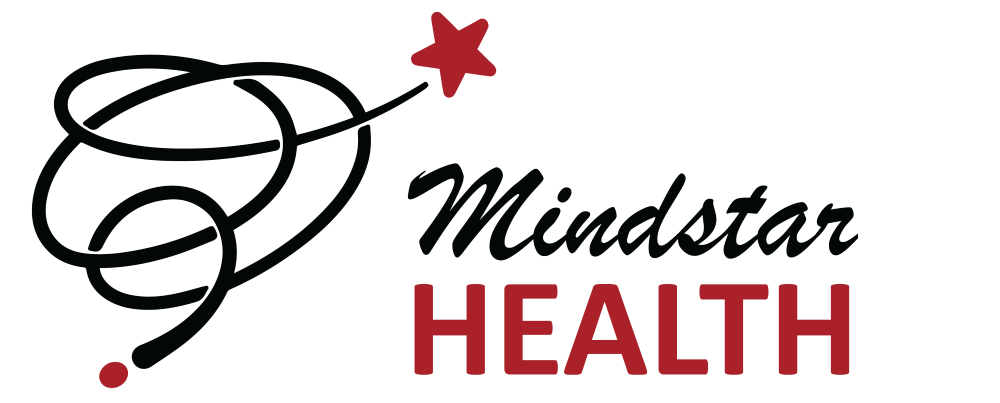
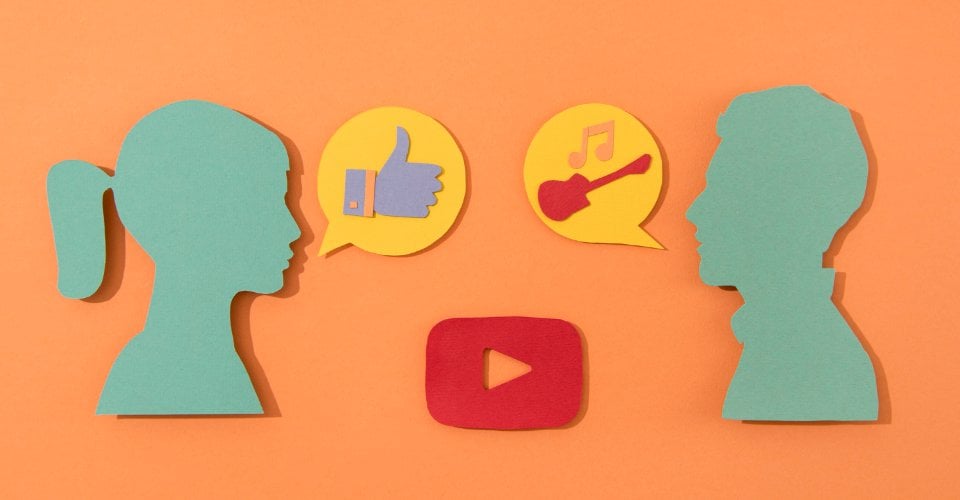




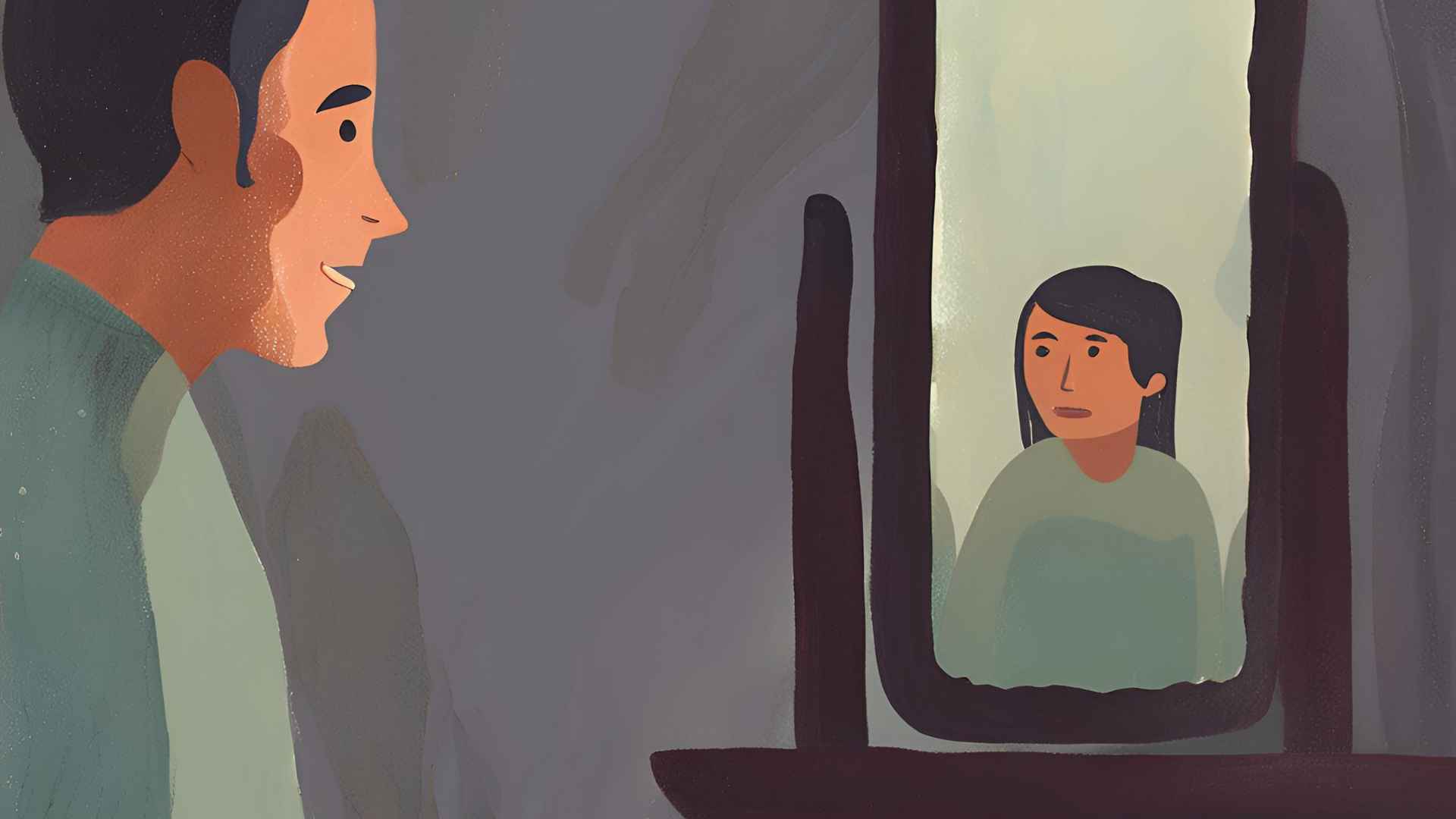
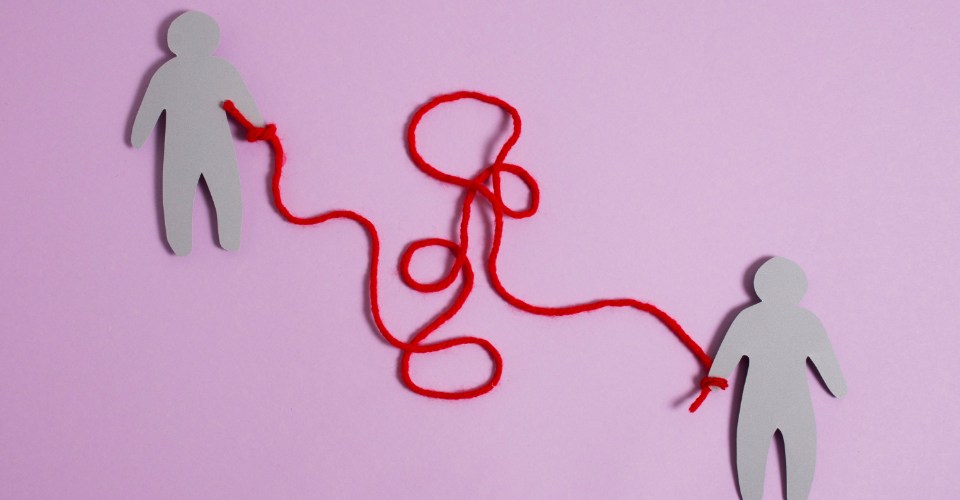















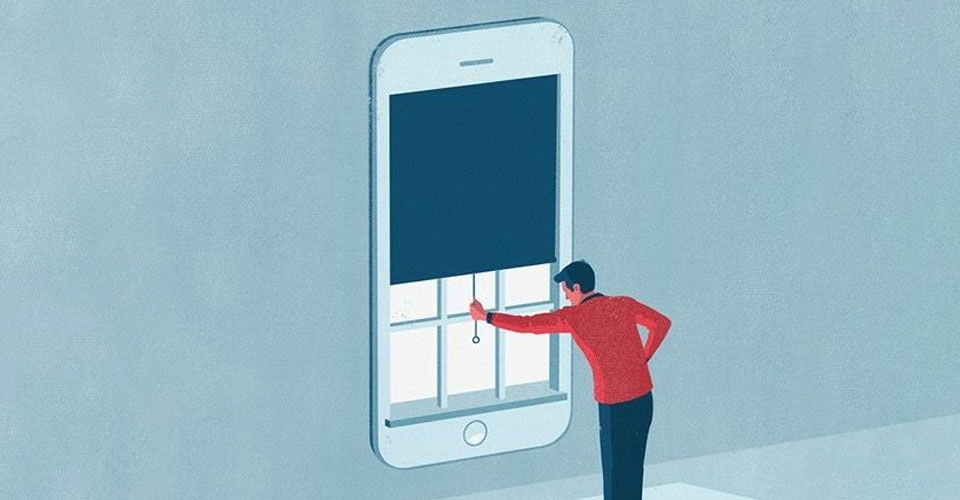


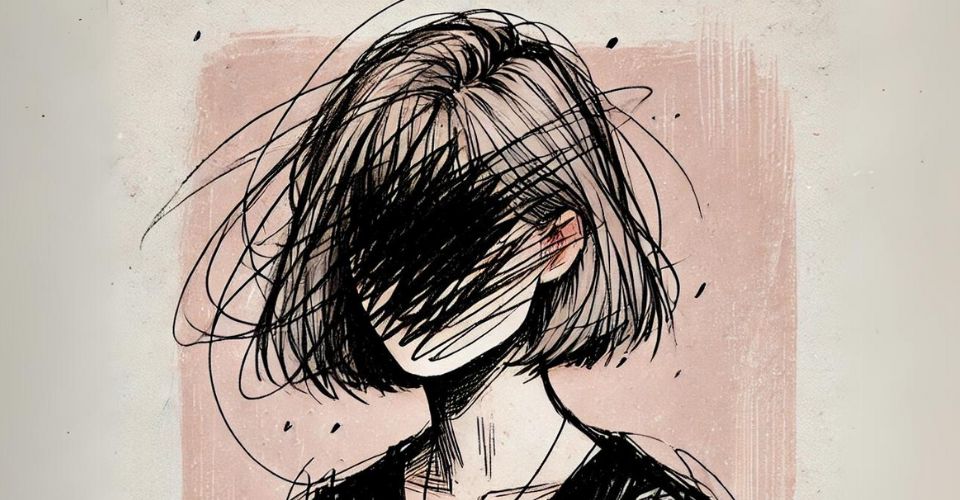
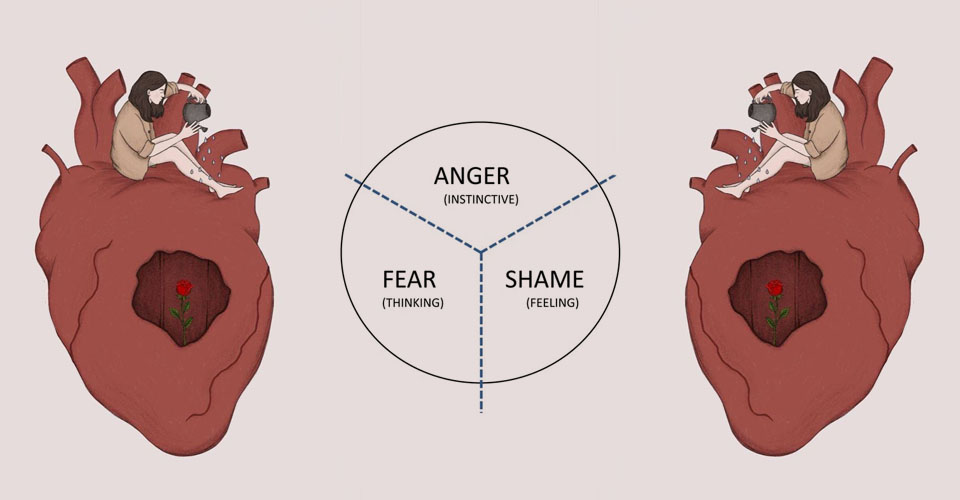
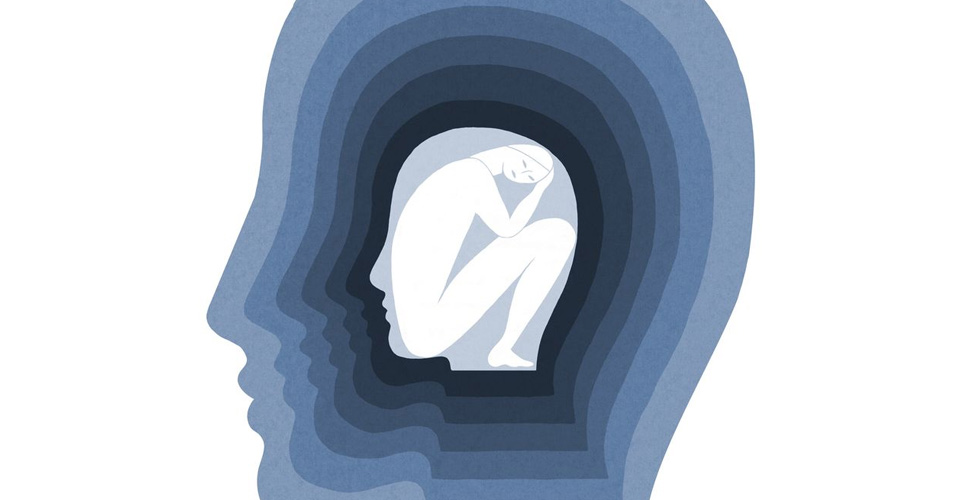
Leave a Reply
You must be logged in to post a comment.